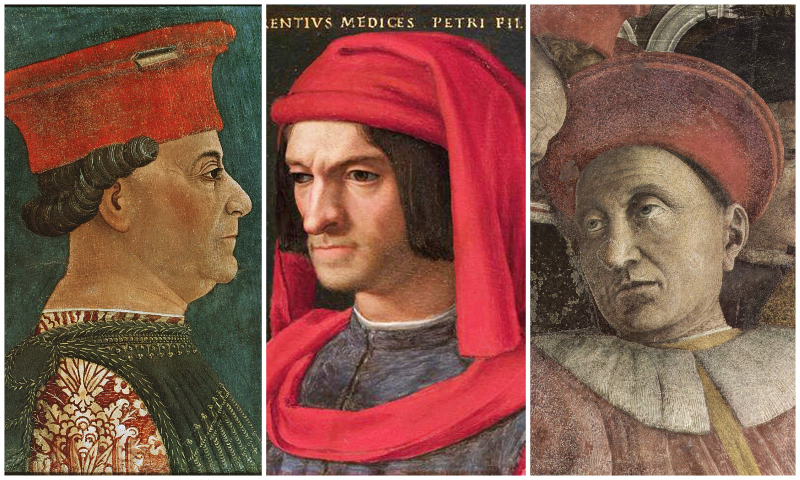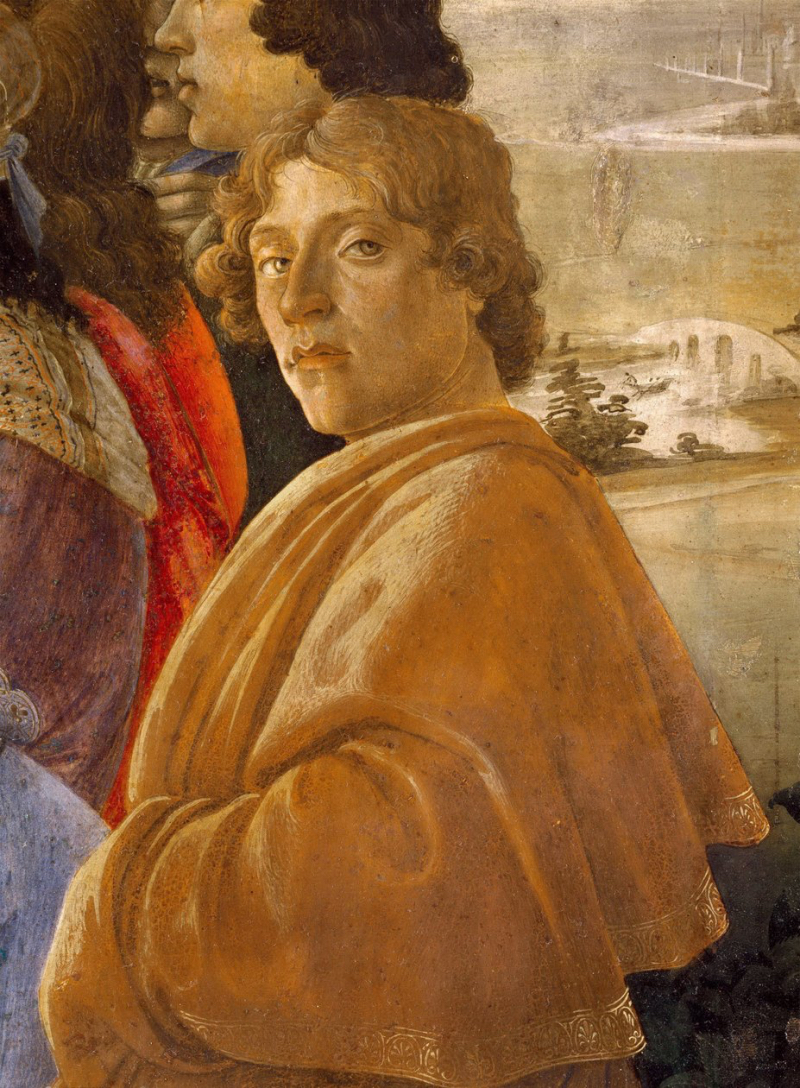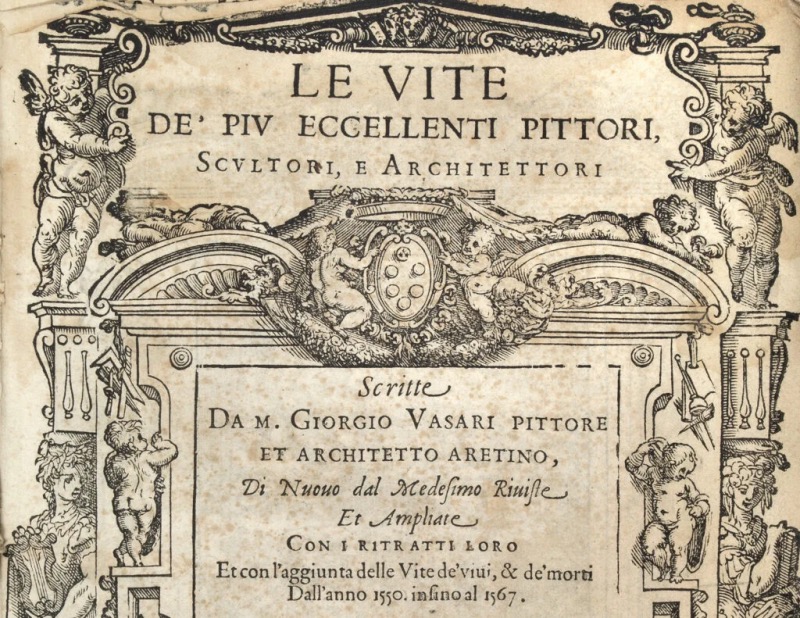
Francesco Sforza, Lorenzo de’ Medici, Ludovico III Gonzaga
Between the mid 15th century and the early 16th century, Italy witnessed the blossoming of a unique relationship between lords and artists that would profoundly mark the Renaissance. In this period of intense creativity and innovation, patrons were not mere patrons, but real cultural promoters who shaped cities as stages for their artistic and political ambitions. Artists resided in noble palaces, immersed in a stimulating intellectual environment, collaborating with humanists, philosophers, poets and scientists. This symbiosis gave rise to timeless masterpieces and monumental architectural works celebrating the greatness of their patrons.
In this post, I take you on a discovery of the lords of the Italian Renaissance courts.





